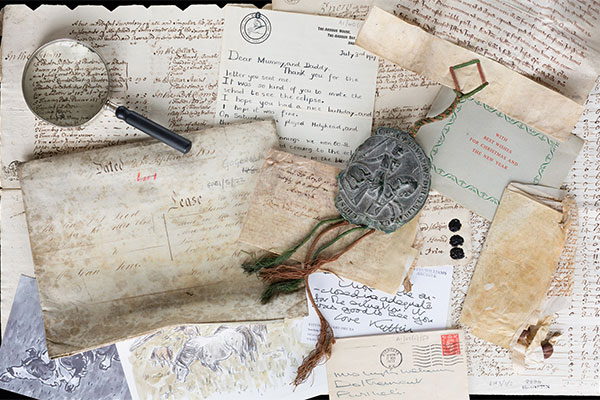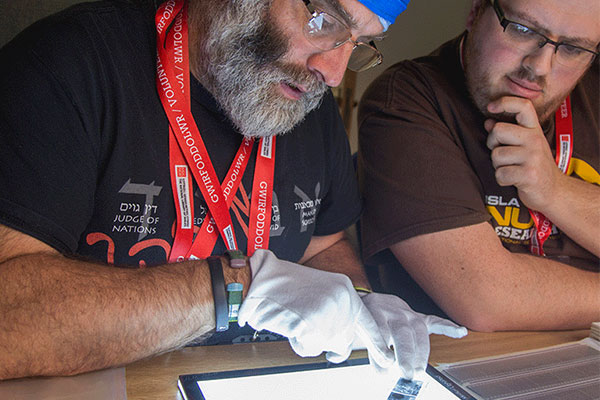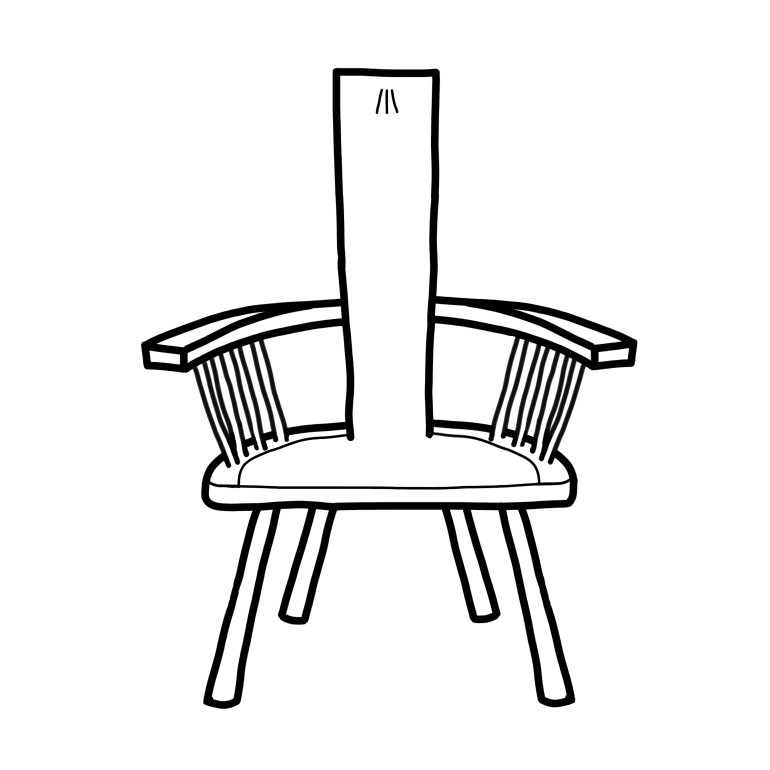Teacher Toolkit
Background
The pavilion plays a central role in the National Eisteddfod as the main venue for competing, and has been the focal point of the Maes for over 150 years. Over the years there have been pavilions of all kinds - tents, wooden buildings and the iconic pink pavilion.
As well as the singing, recitation, instrumental, dancing and acting competitions, the pavilion is also home to concerts, services and ceremonies. In the past, English was part of the activities, and was heard on the Eisteddfod stage, but following the constitution in 1952 the official language of the Eisteddfod was Welsh only.
Some of the main Eisteddfod prizes, which include the Gorsedd ceremony, are the Crowning of the Bard, the Prose Medal and the Chairing of the Bard. The Crown is awarded for a pryddest, a long poem or sequence of poems in free metre; the Prose Medal for a volume of prose; and the Chair for the best ode in strict metre.
Posted: 02-11-2022
Possible questions to discuss
- What sort of competitions are in the Eisteddfod?
- Why give a chair as a prize?
- Are there symbols on the chairs?
- Is there a meaning behind the design?
- Why is the 1917 Eisteddfod Chair called the Black Chair?
Activities and experiences
- Create a design for this year's Eisteddfod Chair.
- Design a chair as a tribute to Hedd Wyn.
- Run a poetry competition.
- Re-create the chairing of the bard ceremony.
Key concepts
(derived from the statements of what matters)
Humanities
- Understanding the past
- Interpret sources and information
- Social and cultural importance
- Identity
- Similarity and social differentiation
- Changes over time
Languages, Literacy and Communication
- Language and belonging
- Listen and understand
- Read words and text
- Using imagination
Expressive Arts
- Understand context in creative works
- Convey ideas
- Representing personal, social
- Exploring purpose and meaning
- Develop and refine designs








